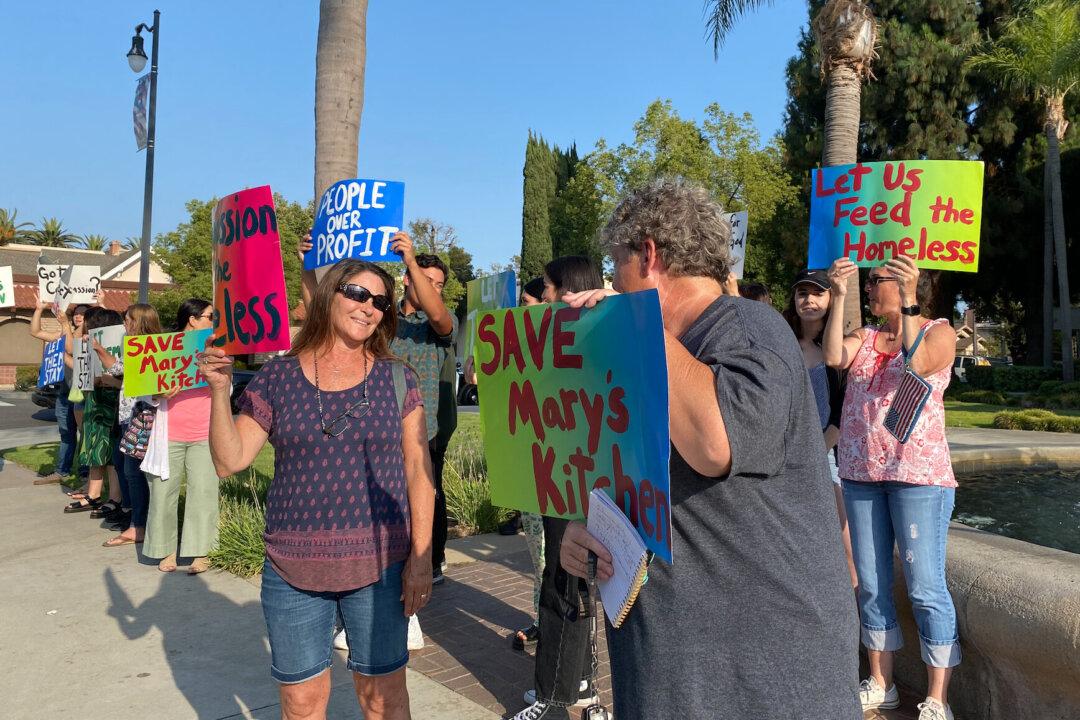LOS ANGELES—California’s big cities are the worst in the nation for teachers being unable to afford housing in their school districts.
Many of them say the long commutes erode their quality of life and eat away the time they could dedicate to their students. “A lot of times, I’m tired or I just don’t have the energy … to put into everything,” David Davenport, a French teacher in the Bay Area, told The Epoch Times.





